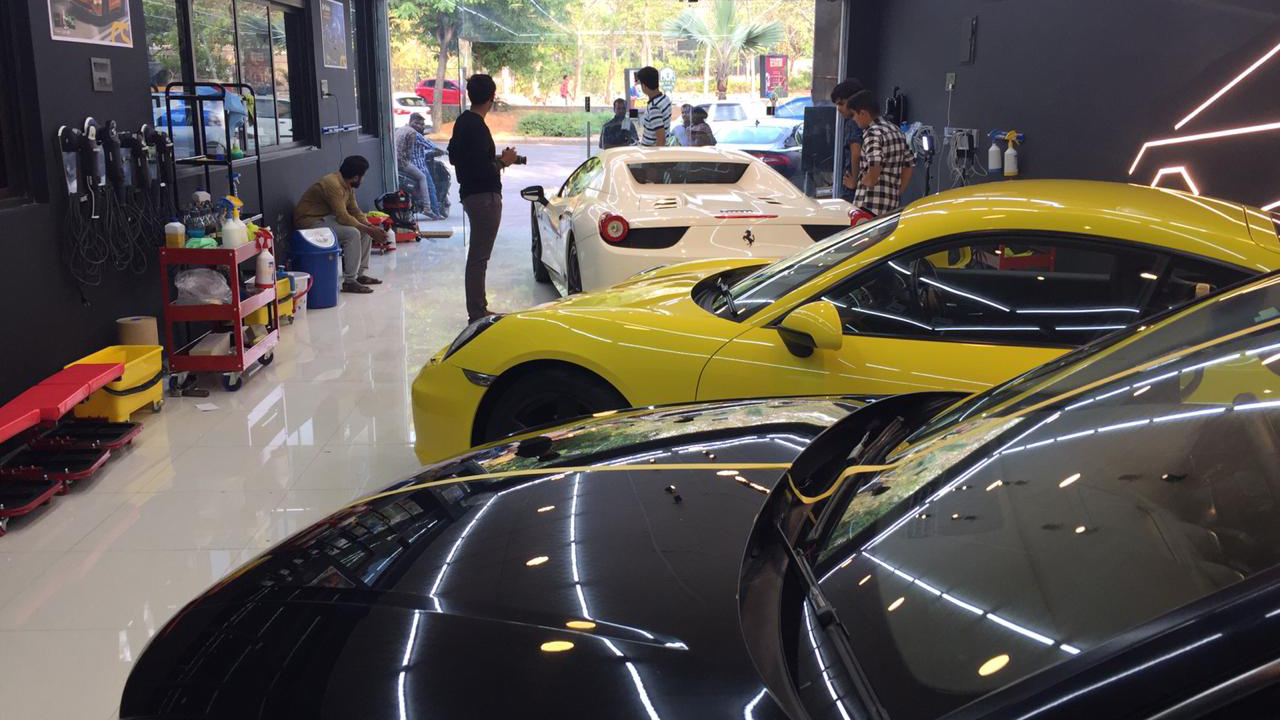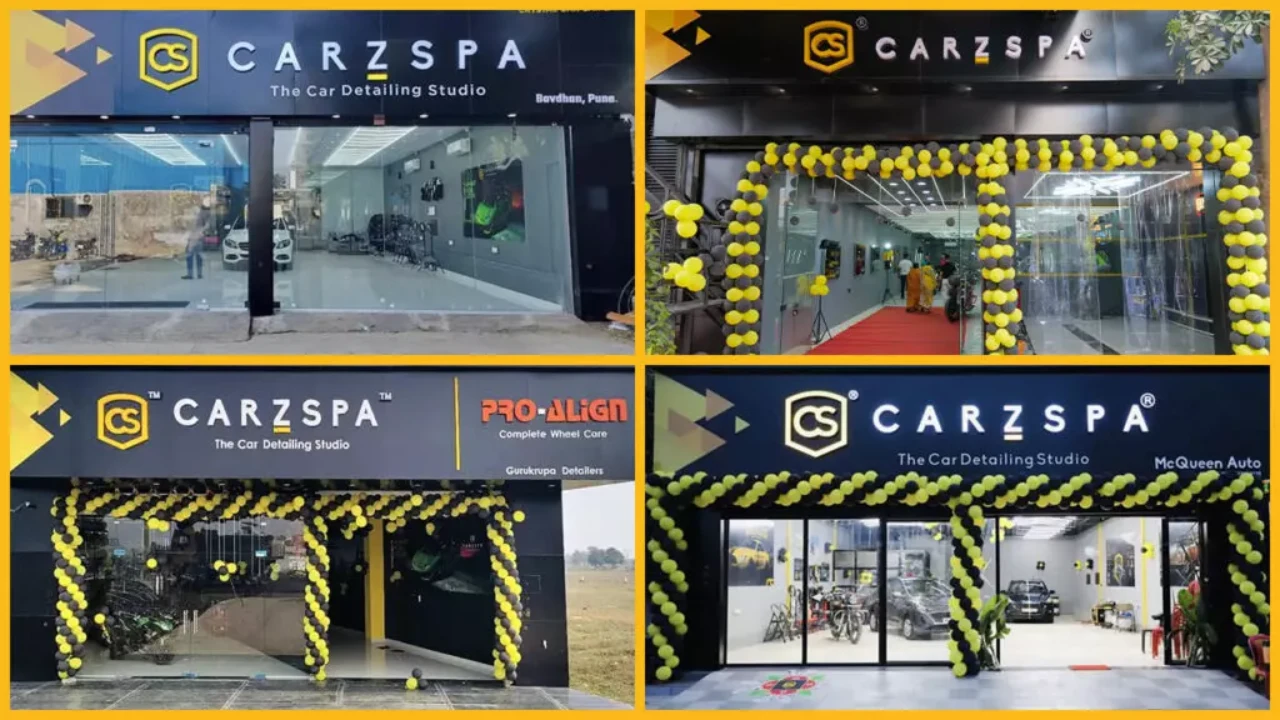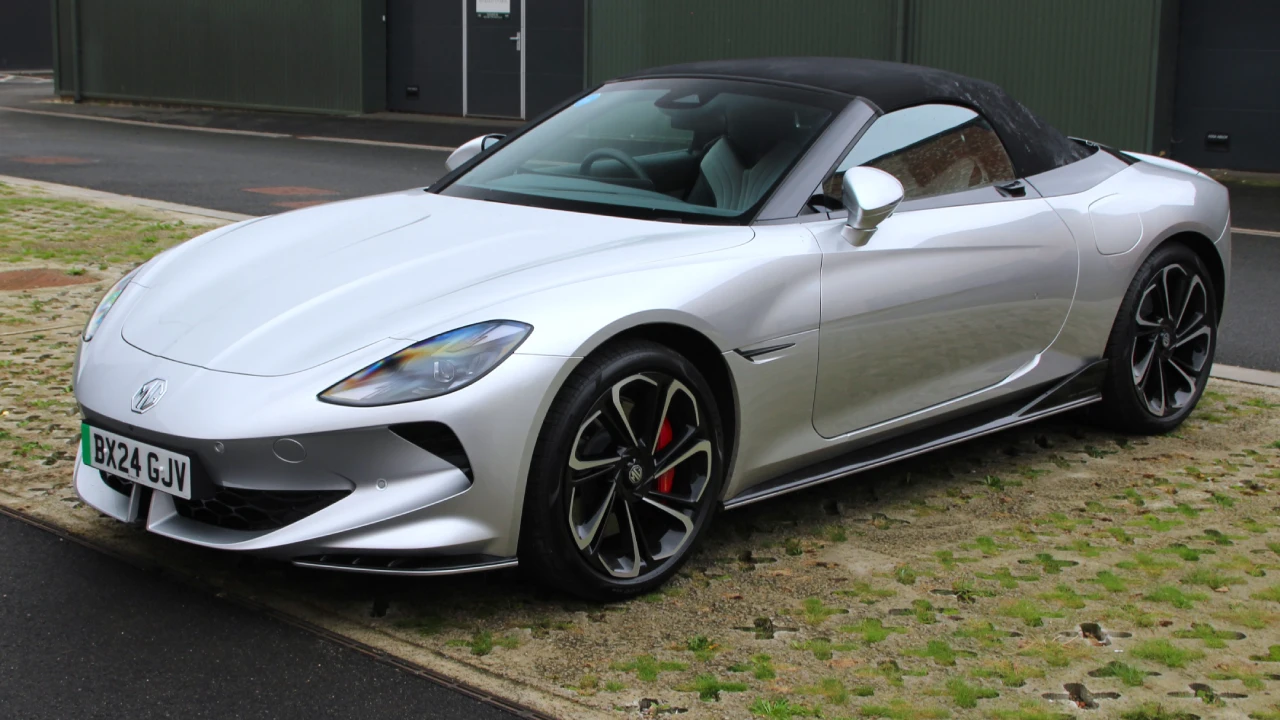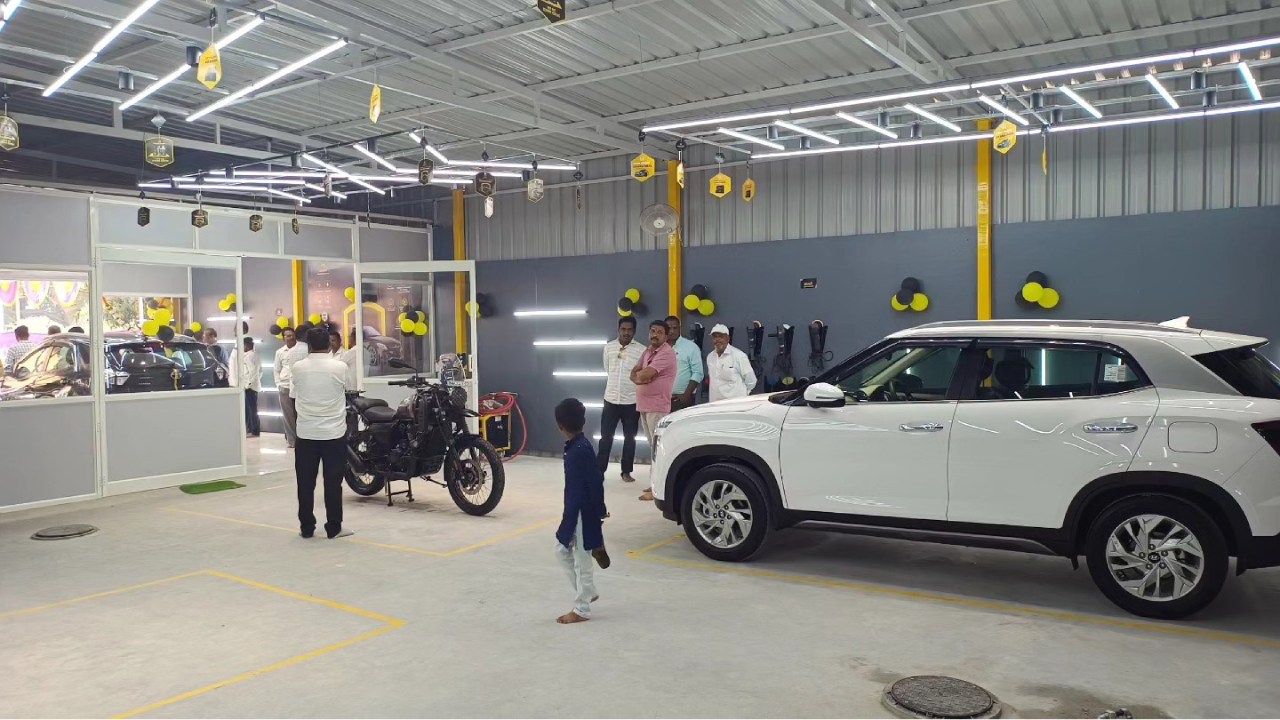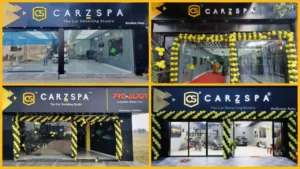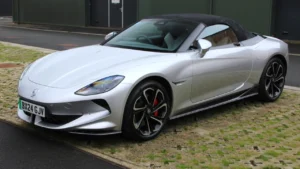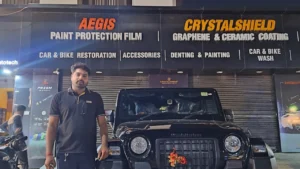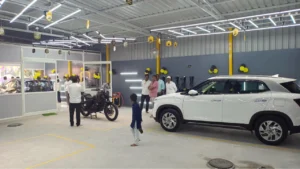The narrative of affluence in India is undergoing rapid change. While the major metropolitan cities like Mumbai, Delhi, and Bangalore have traditionally dominated the luxury car market, recent data paints a compelling new picture.
For the first time in history, luxury car sales in India crossed the 50,000-unit mark in 2024. More striking still, sales of luxury vehicles outside the top eight metros are experiencing massive year-on-year growth, in some regions exceeding 30%. This isn’t merely a statistical anomaly; it represents a fundamental shift in how India’s wealth is distributed and how aspirations are being shaped across the nation.
This growth is fueled by several factors, including significant infrastructure development, such as the expansion of national highways and expressways; the flourishing of local entrepreneurs and small to medium-sized enterprises; and the migration of successful professionals returning to their hometowns from abroad or major metropolitan areas. For this new class of wealthy individuals, a luxury car is more than just transportation; it is a visible and tangible marker of their success and the localised prosperity they have created.
Table of Contents
- Changing Demographics and Aspirations
- Infrastructure Development and Accessibility
- Digital Influence and Technology are Democratising Luxury
- Financing and Leasing: Removing the Barriers to Ownership
- Tier 2 & 3 Cities Leading the Way in Luxury Car Ownership
- The Upgrade to Luxury Mindset
- Challenges Beyond the Road
- The Unique Challenges of Road Conditions
- The Demand for Premium Car Care
- Protect with Aegis PPF and CrystalShield Ceramic Coating
- The Road Ahead: Market Evolution and Opportunities
- Conclusion
- Frequently Asked Questions
Changing Demographics and Aspirations
India’s wealth is becoming decentralized. Tier 2 and Tier 3 cities are emerging as new hubs of high disposable income. The average age of luxury car buyers has dropped to around 40 years, which is nearly a decade younger than before. First-generation entrepreneurs, startup founders, and young professionals drive demand. This new breed of achiever is digitally native, globally connected, and unapologetically aspirational.
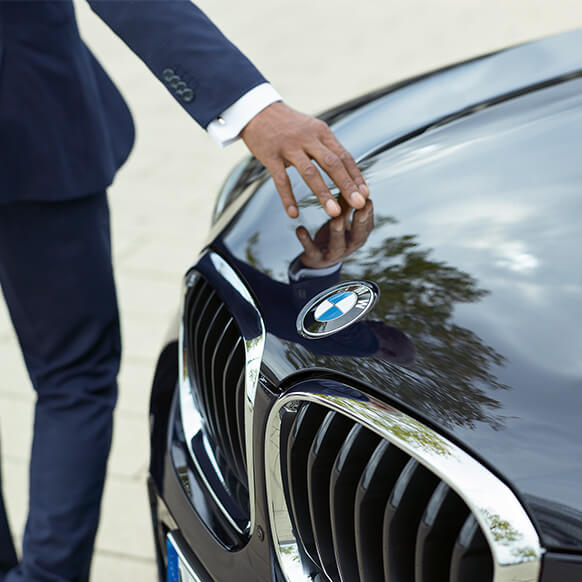
Unlike their predecessors, this younger generation sees luxury cars as lifestyle investments. Digital platforms and social media success stories have made luxury car ownership feel accessible to achievers in smaller cities. Automotive content creators and celebrity endorsements on Instagram and YouTube have altered perception—what once seemed out of reach now feels possible for successful professionals across India.
BMW India’s CEO Vikram Pawah recently noted that they foresee growth potential amongst young achievers, predominantly in Tier II and Tier III cities, a sentiment echoed by most major luxury brands now betting heavily on these emerging markets.
Infrastructure Development and Accessibility
The foundation for this growth has been laid by significant infrastructure improvements. The expansion of national highways, express corridors, and improved road connectivity has transformed smaller cities into well-linked economic hubs. This infrastructure doesn’t just facilitate the movement of goods and people; it also opens avenues for luxury brands to establish a presence and for wealthy individuals to enjoy their vehicles across better-quality road networks.
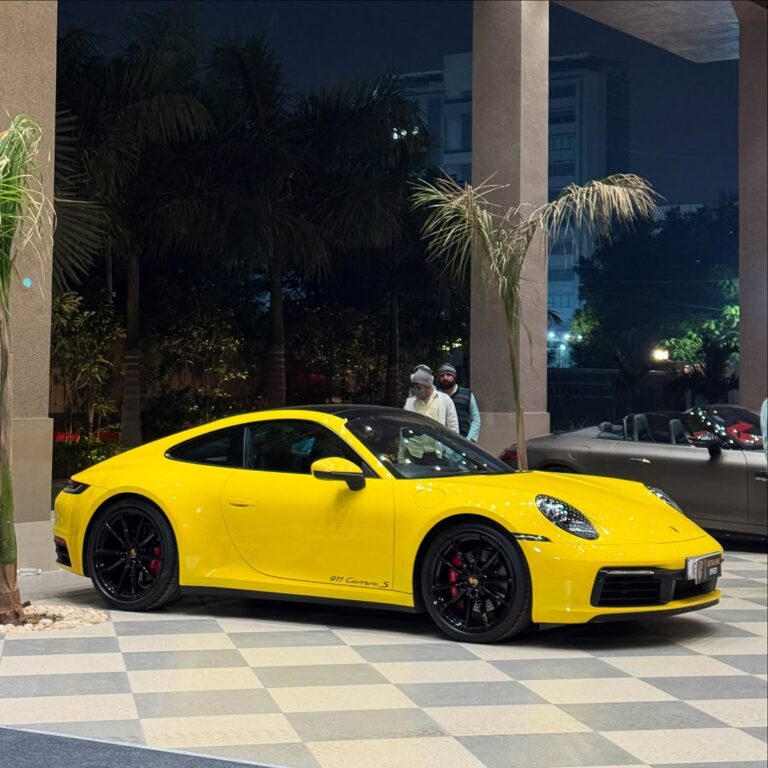
Beyond physical infrastructure, urban development in Tier 2 and Tier 3 cities has created the right environment for retail expansion. Mercedes-Benz has invested ₹150 crore to upgrade 25 of its outlets specifically to cater to this demand, while brands like Lamborghini and Audi are aggressively expanding their dealer networks into cities like Ludhiana, Udaipur, Kanpur, and Mysore. The presence of authorised service centres and premium showrooms signals to potential buyers that owning a luxury vehicle in their city is not just a dream, but a realistic, well-supported choice.
Digital Influence and Technology are Democratising Luxury
The digital revolution is the most transformative element fueling luxury car sales in Tier 2 and Tier 3 cities. Online car configurators and virtual showrooms have erased geographical barriers, allowing customers from Indore or Coimbatore to explore and customize vehicles in real-time without visiting a dealership. 360-degree vehicle visualisations provide an immersive experience previously available only through in-person visits to premium showrooms in major cities.
Digital test drives and augmented reality experiences have further bridged this gap, enabling seamless purchasing journeys for buyers in Lucknow as easily as those in Mumbai. Influencer marketing and automotive content creators have built massive followings in Tier 2 and 3 cities, legitimizing luxury car ownership aspirations for their audiences—successful business owners and professionals in smaller cities who now see such purchases as genuinely attainable.
Financing and Leasing: Removing the Barriers to Ownership
Democratisation of Automotive financing has been crucial to this growth. A decade ago, accessing favourable financing for luxury vehicles in Tier 2 and 3 cities was challenging due to limited specialised loan programs and perceived lender risk. Today, major banks and NBFCs have developed tailored financing solutions with competitive interest rates, flexible tenure options, and minimal documentation. The rise of vehicle leasing options has further opened avenues for buyers seeking lower commitments or frequent upgrades.
Corporate financing packages, buyback guarantees, and dealer-assisted loan approvals have made luxury car ownership financially accessible to a much broader demographic. For young entrepreneurs and professionals, the barrier has shifted from “Can I afford this?” to “What’s the best financing option for my needs?”. This is a psychological shift that has accelerated adoption across these emerging markets.
Tier 2 & 3 Cities Leading the Way in Luxury Car Ownership
The cities driving this luxury car boom tell a story of localised economic prosperity and entrepreneurial success. Cities like Indore, Surat, Lucknow, Coimbatore, Chandigarh, and Jaipur are no longer outliers in the luxury car landscape. Each has emerged as a cluster of high-net-worth individuals and successful business families.
Additionally, brands are eyeing cities like Udaipur, Kanpur, Mysore, and Ludhiana as high-potential markets. The combination of growing incomes, improved infrastructure, and aspirational young achievers makes these cities prime targets for luxury automotive expansion.
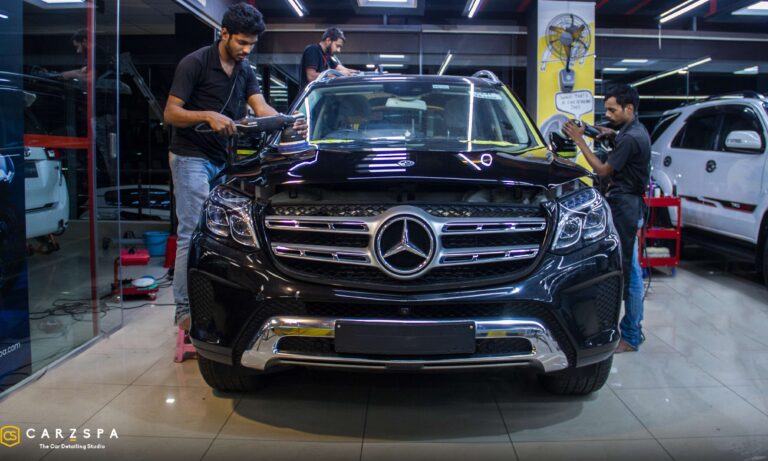
The Upgrade to Luxury Mindset
The new luxury car owner in Tier 2 and Tier 3 cities represents a fundamental shift in consumer psychology. These buyers prioritise comfort and technology, seeking cutting-edge infotainment systems, advanced safety features, and premium materials. They value brand experience and personalisation, the ability to customise their vehicle to reflect their identity.
This mindset shift has profound implications for car care and protection services. These discerning owners understand that maintaining and protecting their investment is equally crucial to owning it. They actively seek expert car detailing services, car paint protection, and specialised maintenance programs that preserve their vehicle’s value and appearance.
Challenges Beyond the Road
Service infrastructure in Tier 2 and 3 cities still lags behind metropolitan centers. Limited authorised service centers mean luxury car owners face long wait times, travel challenges, or resort to non-authorized workshops lacking expertise with premium vehicles. A significant awareness gap exists among first-time luxury car buyers regarding proper maintenance protocols, regular servicing intervals, and preventive care measures, leaving vehicles vulnerable to faster depreciation and higher repair costs.
Additionally, the after-sales and resale ecosystem remains underdeveloped, with limited options for certified pre-owned purchases and resale channels. This makes understanding resale value and depreciation trends critical concerns for first-time buyers. Professional, specialised car care services have become essential, filling critical gaps left by limited infrastructure and ensuring vehicles receive expert protection and maintenance.
The Unique Challenges of Road Conditions
Driving luxury cars outside major metros means facing roads with active construction zones, fast-changing pavement quality, and intermittent stretches of unpaved surfaces. Flying gravel on high-speed routes causes abrasive chips and deep nicks. Construction dust and heavier localized pollution create immediate swirl marks and micro-scratches during regular washing, and the exposure to environmental fallout accelerates paint oxidation.
Without advanced car paint protection and expert care, a ₹50-85 lakh investment can look years older in a matter of months and eventually affect its long-term resale value. The road environment alone presents a formidable challenge to maintaining the pristine finish that luxury car owners expect.
The Demand for Premium Car Care
The new luxury car owner in Tier 2 and Tier 3 cities is fundamentally different from their predecessors. They are well-informed, digitally savvy, and understand that preserving their investment requires more than a simple, roadside wash. They no longer settle for standard maintenance; they actively seek a professional car detailing service that is equipped to understand and protect the specialized finishes of their high-end vehicles.
For these discerning clients, car care has evolved from a basic necessity to a core preservation strategy. A professional service protects against the specific local challenges that threaten their car’s value—from road conditions to environmental factors to the awareness and infrastructure gaps we discussed earlier. This is where modern solutions like paint protection film (PPF) and ceramic coating move from being optional upgrades to essential safeguards against the local road environment, offering reliable and lasting defence.
Always Protect with Aegis PPF and CrystalShield Ceramic Coating
To truly secure the finish of a luxury vehicle in these growing markets, a multi-layered defence system is required.
The first, and most critical, layer of defence is a high-quality paint protection film
For brand-new luxury vehicles, we recommend one of three car paint protection solutions tailored to your needs:
Option 1: Ceramic Coating Protection: If your priority is enhancing shine and protection, getting CrystalShield Ceramic Coating or G10 Impact graphene coating is ideal. These create a hydrophobic layer that chemically bonds with paint, dramatically increasing surface hardness, enhancing gloss, and improving cleanability. Superior water repellency keeps your vehicle showroom-new while providing excellent everyday protection against environmental fallout and swirl marks.
Option 2: Maximum Scratch Prevention: For ultimate defense against road damage, Aegis PPF is a clear, thermoplastic polyurethane film applied to vulnerable surfaces. It acts as a physical barrier against debris impact with a self-healing that causes light scratches and swirl marks to disappear with heat, essential for non-metro highways and construction zones.
Option 3: Multi-Layered Defense (Recommended): For comprehensive protection, install Aegis PPF first, then apply a premium ceramic coating like CrystalShield Marvel on top. This multi-layered shield combines scratch prevention with enhanced shine and hydrophobic properties the ultimate car paint protection solution for Tier 2/3 luxury car owners.
The Road Ahead: Market Evolution and Opportunities
Tier 2 and 3 cities are poised for significant luxury car market evolution. Luxury electric vehicles (EVs) will see exponential growth as charging infrastructure improves, introducing new EV-specific detailing and paint protection requirements. Service infrastructure will expand rapidly, with specialized detailing studios and premium car care centers establishing a strong presence.
Growing demand for personalization and customization will drive specialised detailing services and bespoke solutions tailored to individual preferences and local conditions. Sustainable detailing practices and eco-friendly car care products will gain prominence among environmentally conscious owners. Connected car technology will enable data-driven maintenance and personalised care recommendations.
Within five years, Tier 2 and 3 cities will establish themselves as complete ecosystems for luxury vehicle ownership, maintenance, and protection, ot merely sales markets.
Conclusion
The remarkable growth in luxury car ownership across Tier 2 and Tier 3 cities is a testament to India’s decentralized prosperity. Infrastructure development, digital democratisation, accessible financing, and aspirational young entrepreneurs have fundamentally transformed India’s luxury car market—a story no longer metro-exclusive but one of aspiration meeting access across all thriving cities.
Yet this investment demands protection. The demanding road conditions, limited service infrastructure, and awareness gaps make proactive car paint protection and professional vehicle care non-negotiable. For owners in these emerging hotspots, their vehicles represent years of hard work and entrepreneurial vision—they deserve the best protection.
Protect with CarzSpa Detailing Studios. Choose from ceramic coating for enhanced shine, Aegis PPF for maximum scratch prevention or our recommended multi-layered shield combining both. Protect your success. Preserve your luxury.
Frequently Asked Questions
1. How long does Aegis PPF last in diverse Indian climates?
Premium-grade films like Aegis PPF are engineered to withstand extreme temperature fluctuations and high UV exposure. With professional application and minimal maintenance, Aegis PPF is typically warranted to last for years, providing enduring protection against harsh Indian climate conditions.
2. Is ceramic coating still necessary if I get a paint protection film?
Yes, it is highly recommended. While paint protection film provides the ultimate defence against physical chips and deep scratches, ceramic coating is applied over the PPF to enhance its look and maintenance. It adds incredible hydrophobic properties and gloss, making the car much easier to wash and maintaining the ‘wet-look’ shine.
3. Why is car paint protection more important in a Tier 2 city than in a metro?
Car paint protection is crucial because Tier 2 and Tier 3 cities often have more active construction, a higher concentration of unpaved roads, and less regulated debris on high-speed routes. This environment exposes a luxury vehicle’s finish to a higher frequency of chip-causing gravel and swirl-inducing dust, making robust protection an immediate necessity.

